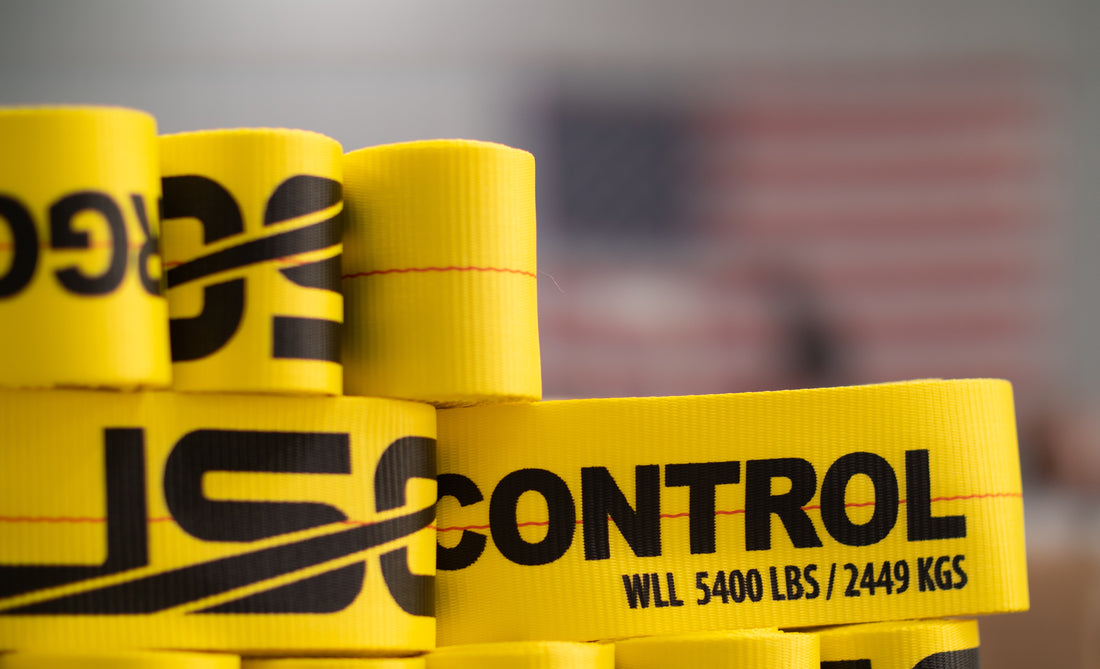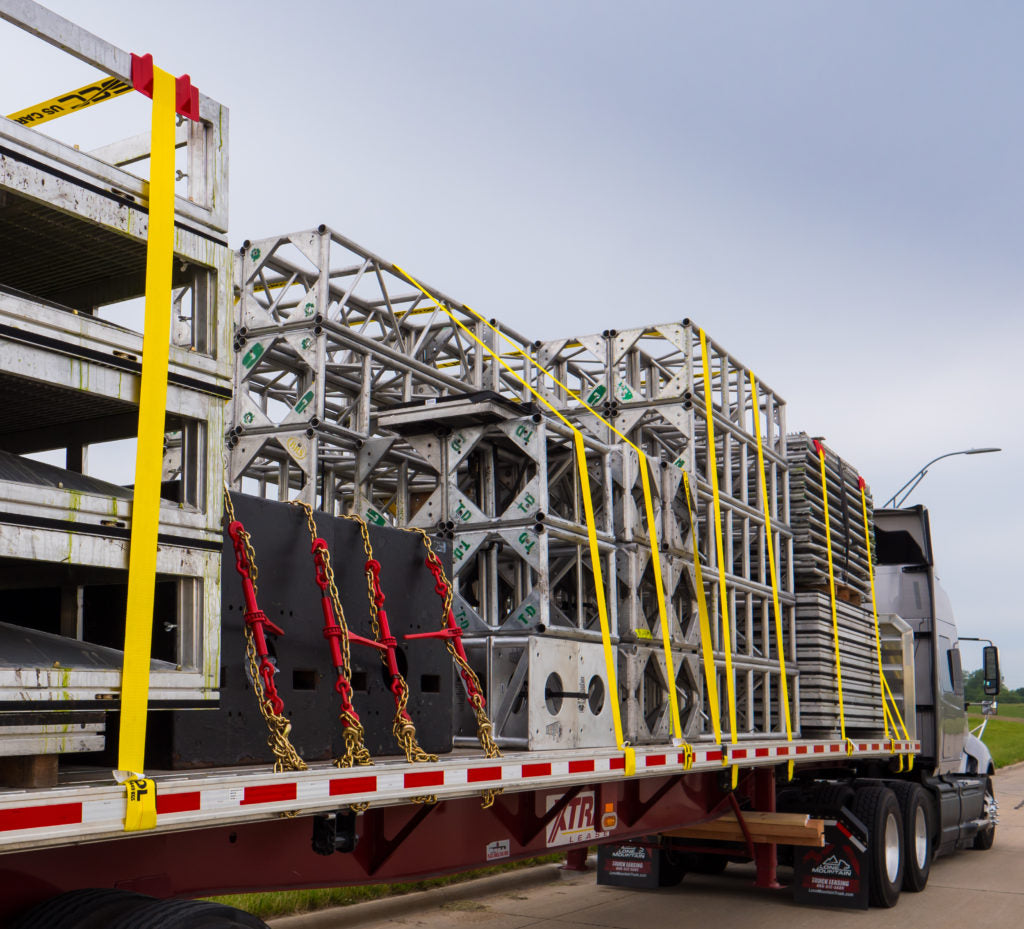
Working Load Limit, Breaking Strength & Safety Factor: What Do They Mean?
Have you picked up a ratchet strap and saw numbers labeled on the strap, and wonder what they mean? Chances are you're reading the working load limit or break strength. Every piece of load-bearing equipment states these requirements to let you know how much weight that piece of rigging is capable of securing.
When it comes to securing fragile or heavy loads, it is crucial that the product can secure the load without breaking. Although these terms are normally stated, there is confusion about what these terms mean. Read on below to learn what working load limit, break strength, and safety factor mean.

What Does Working Load Limit Mean?
Many people ask about the working load limit, and this is a term to not mix up with breaking strength. Abbreviated as WLL, it is the rating that should never be exceeded when using a product like a ratchet strap. Before using a piece of load-bearing equipment, always make sure to look at the working load limit before use as it is the maximum allowable loading force.
Something to keep in mind is the working load limit is always 1/3 of the breaking strength. So if a ratchet strap has a breaking strength of 15,000 pounds, then the strap will have a working load limit of 5,000 pounds.

What Does Breaking Strength Mean?
The break strength is equally as important as the WLL. The break strength also refers to the point at which your load-bearing equipment will fail. It is expressed in pounds and/or kilograms, and will actually fail if you go over the required amount.
When a ratchet strap is made with webbing, end fittings, and a ratchet all with a 10,000-pound breaking strength, then the break strength of the overall product will stay 10,000 pounds. However, if the same strap has a ratchet with an 8,000-pound break strength, then that would reduce the product's strength to 8,000.
What is the Correlation with Safety Factor?

Safety factor, also known as Design Factor, determines the ratio between the working load limit and break strength. The working load limit's rating should never exceed when using a sling or tiedown, and this safety factor provides an allowance for shock loading, G force, and other unforeseen factors.
How Do I Know my Load-Bearing Equipment is Failing?
To make sure your lifting equipment is performing its best, perform an inspection. If you see any damage to the product, dispose of it. To give you an insight into what kind of damage you can potentially see, read these examples:
- Holes, tears, cuts, snags, or embedded particles
- Broken or worn stitching
- Abrasive wear
- Bending
- Melting, charring, or weld spatter
- Acid or alkali burns
- Any other visible damage which causes doubt to the strength of the equipment
When selecting a ratchet strap, lifting sling, shackle, or any other product, select the product that has suitable characteristics for the type of load, environment, and attachment to the vehicle.
Learn more from our comprehensive guide to ratchet straps.
At US Cargo Control, we want you to be safe when securing heavy loads. If you have any questions about the safety requirements, give our team a call at 800-404-7068 or email us at customerservice@uscargocontrol.com.



